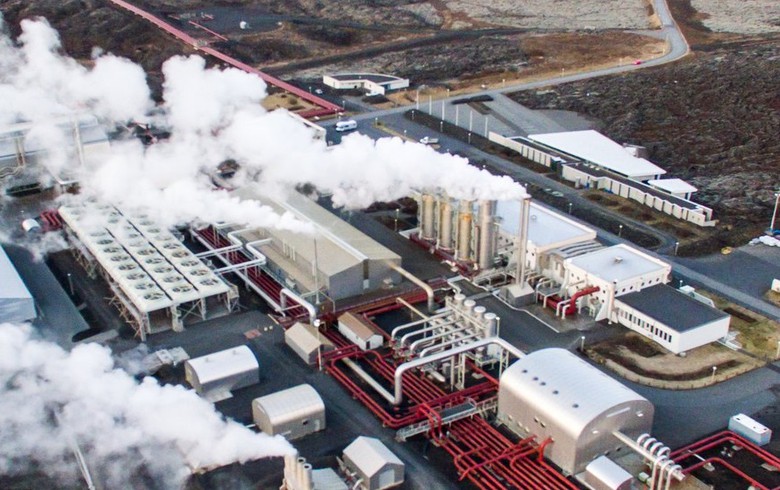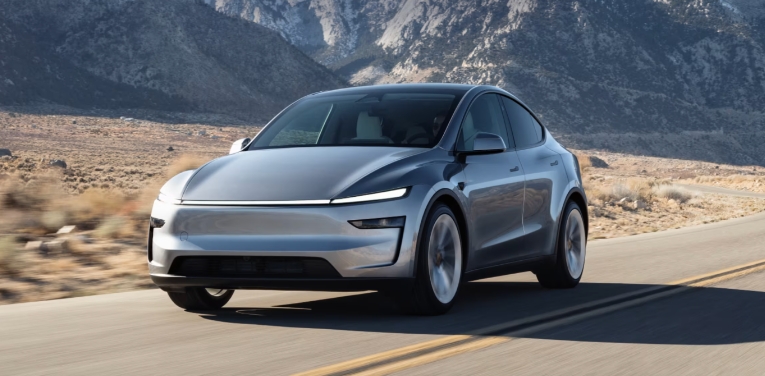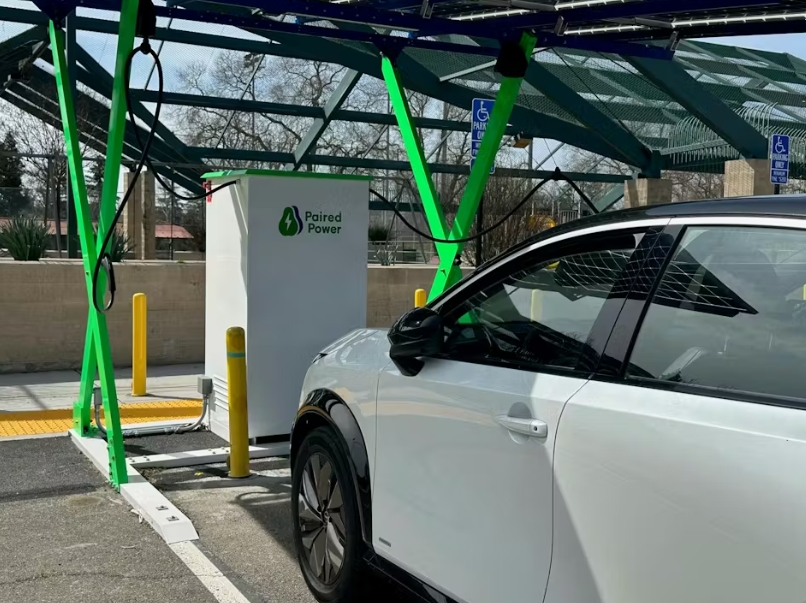
On Tuesday, the council released an eight-point plan to REpowerEU with geothermal energy, pointing out that geothermal heating, cooling and power have already helped avoid 10 bcm of gas and other fossil energy imports from Russia.
The table below contains EGEC’s expectations of how much Russian gas could be replaced by geothermal energy.
The eight actions proposed by EGEC include efforts to accelerate heat pump installations and geothermal heating network planning, mobilise a skilled workforce and support industrial decarbonisation with renewable heating and cooling.
Permitting has to be fast-tracked and EU member states can help a lot by providing access to the available geological data from past drilling activities to facilitate private sector investment. The EGEC says 4 GWth of geothermal district heating and cooling projects are currently awaiting approval and it is calling for the process to be sped up to have results this year.
A single fund for renewable district heating and cooling systems is urgently needed to cover the cost of installation for fuel poor households and invest in modernisation and network expansion.
De-risking investments is very important for the sector, with an EU wide de-risking framework needed to cut transaction costs and allow for project development across ‘go-to’ areas in the internal market.
The EGEC is urging the EU to directly procure drilling capacity to deploy 1,000 geothermal cities by 2027, to supply heat and power while also sustainably extracting lithium and other raw materials.
Reduced VAT rates for renewable heating and cooling can also do a lot to reduce the use of gas.







